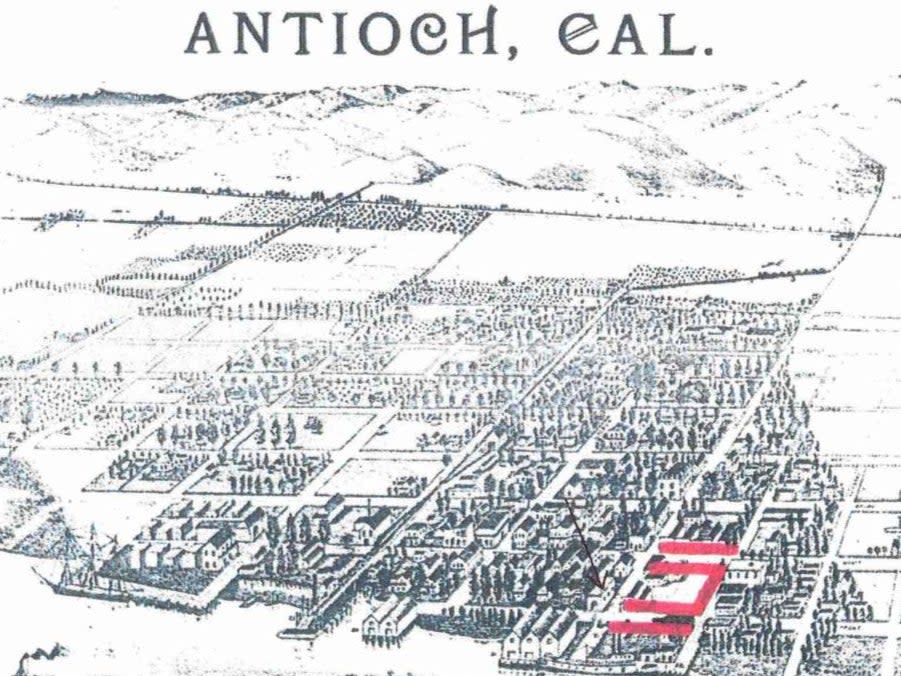145 years after white residents burned down a California Chinatown, the city apologies

A historian believes there could be many more Chinatowns that have disappeared off the map, after the Californian city of Antioch officially apologised for the burning-down of its own Chinese quarter 145 years ago.
The Chinatown in Antioch, which was founded by arrivals during the Gold Rush era, saw Chinese immigrants sell noodles and herbs from shopfronts on 1st and 2nd streets – but today, almost nothing remains of the neighbourhood.
As
Eventually, tensions between the city’s white and Asian residents would result in an attack that would almost wipe the community off the map for a century, after a doctor allegedly blamed illnesses among young men on Chinese prostitutes.
A confrontation forced Antioch’s Chinese residents to flea, and the buildings that once made-up one of California’s earliest Asian communities was torched. Today, only a bare brick wall remains.
In May, the Antioch City Council issued a formal apology to the city’s Chinese residents and descendants of the Gold Rush era arrivals, in what was a 145 year wait.
Mayor Lamar Thorpe old the LA Times that as official of mixed ethnicity, he needed to spearhead the campaign to apologise for the burning-down of the Chinatown after the killing of George Floyd in Minneapolis last year, and the anti-racism movement that cascaded from it.
Attacks against Asian-Americans are also on the rise, with the advocacy group Stop AAPI Hate saying it received over 2,800 reports of hate incidents last year.
“I got elected during the Black Lives Matter wave, and I feel our city that drove the Chinese Americans out over 100 years ago needs to confront what happened, and we need to make amends,” said Mr Thorpe. “It was so painful to watch the news, and I kept thinking to myself, ‘It’s not enough to say we stand in solidarity with this group or that group’.”
Many residents of Antioch, which is 33 per cent Latino, 28 per cent white, 22 per cent Black and 12 per cent Asian, told the LA Times they had been unaware of the Chinatown’s history until the apology in May.
The council is planning on creating a Chinatown Historic District that will include street murals and museum exhibits honouring the city’s Asian history.
“The designation shows us that there were so many Chinatowns springing up,” said Laureen Hom, an assistant professor of political science and Chinese-American researcher. “We don’t know where they all were – yet we should try to find out more to preserve them.”
Read More
Los Angeles police officer arrested for allegedly filing a false police report
California governor Gavin Newsom compares unvaccinated to drunk drivers
Trump calls critical race theory ‘flagrant racism’ at Phoenix rally

 Yahoo News
Yahoo News 
